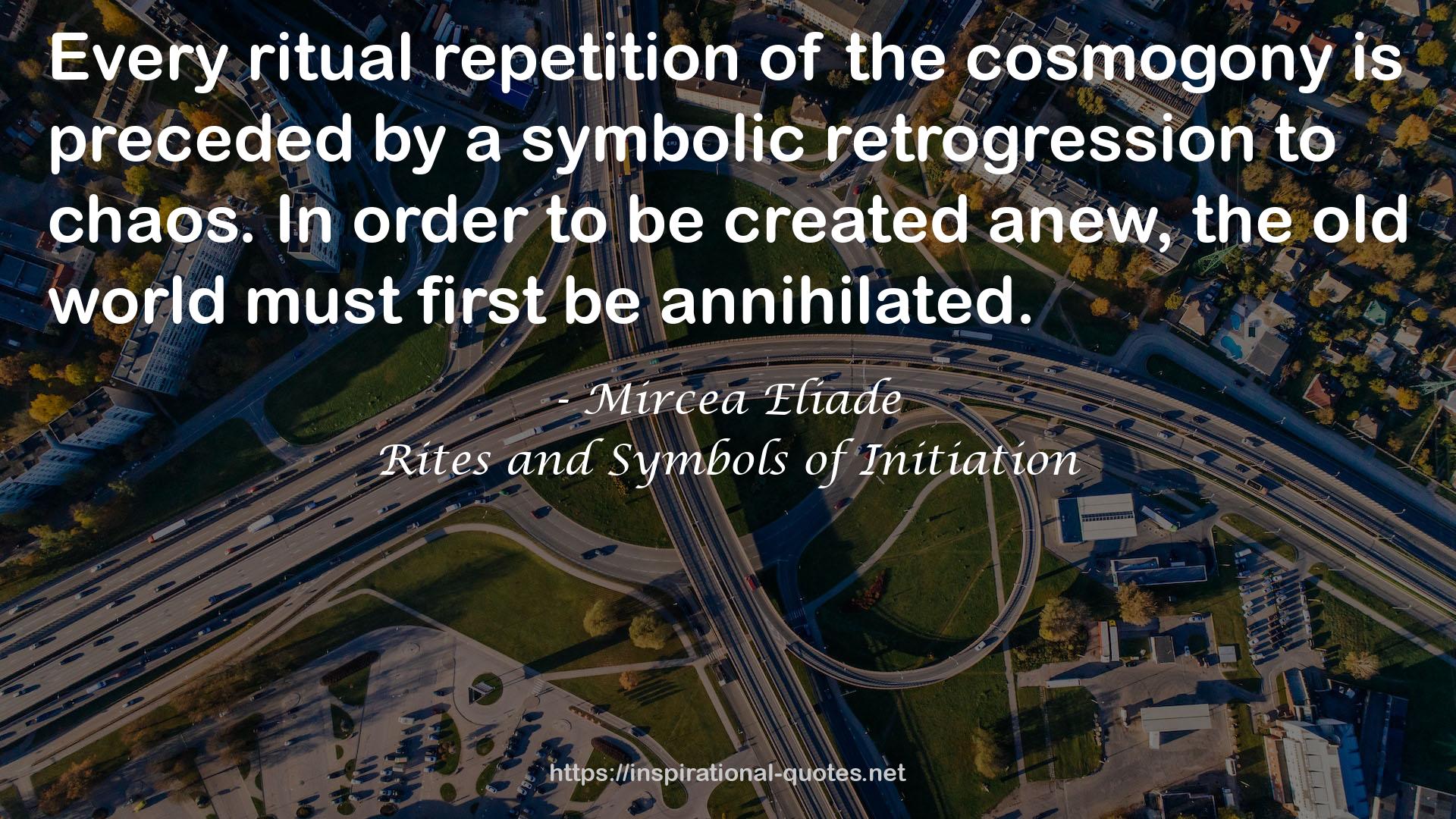Rites and Symbols of Initiation QUOTES
SOME WORKS
- Donald Duck: Star! (#2)
- Soy Luna 10. Secretos del pasado
- Girl Meets World: Let's Do This! (Disney Junior Novel (ebook))
- Descendants 3 Junior Novel
- Be Our Guest: Perfecting the Art of Customer Service
- Toy Story 2: The Junior Novelization
- Elements of Chemistry: Heat (Hypothesis, #2)
- Elements of Chemistry (Hypothesis, #1-3)
- Ninja At First Sight (Knitting in the City, #4.75)
- Marriage of Inconvenience (Knitting in the City, #7)

